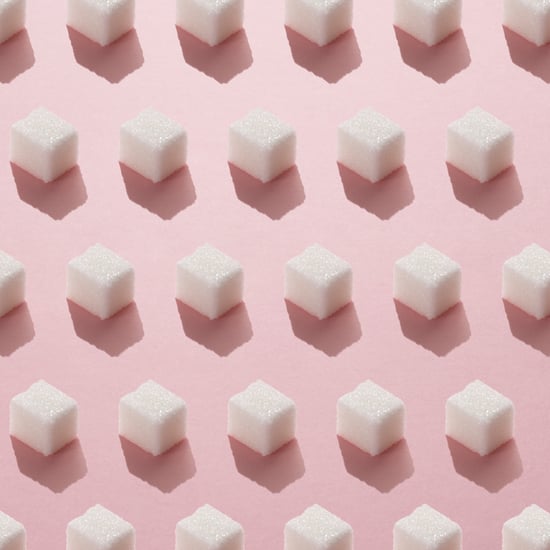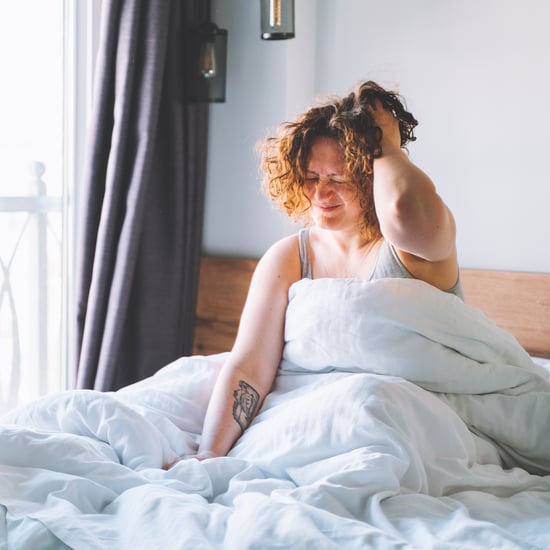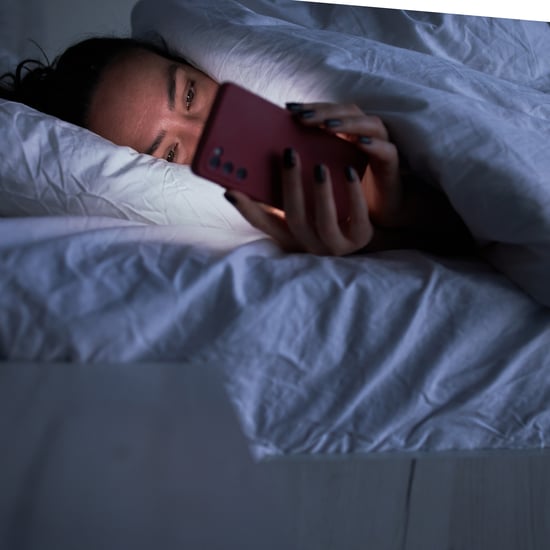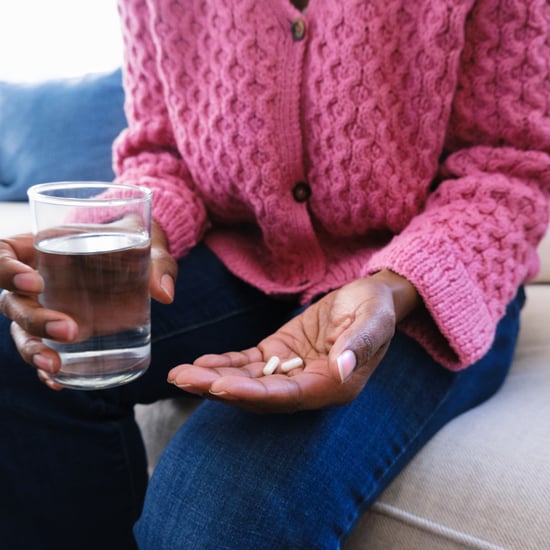The Benefits of Cupping For Gut Health
Cupping Isn’t Just For Muscle Pain — It’s Used For Gut and Digestive Health, Too
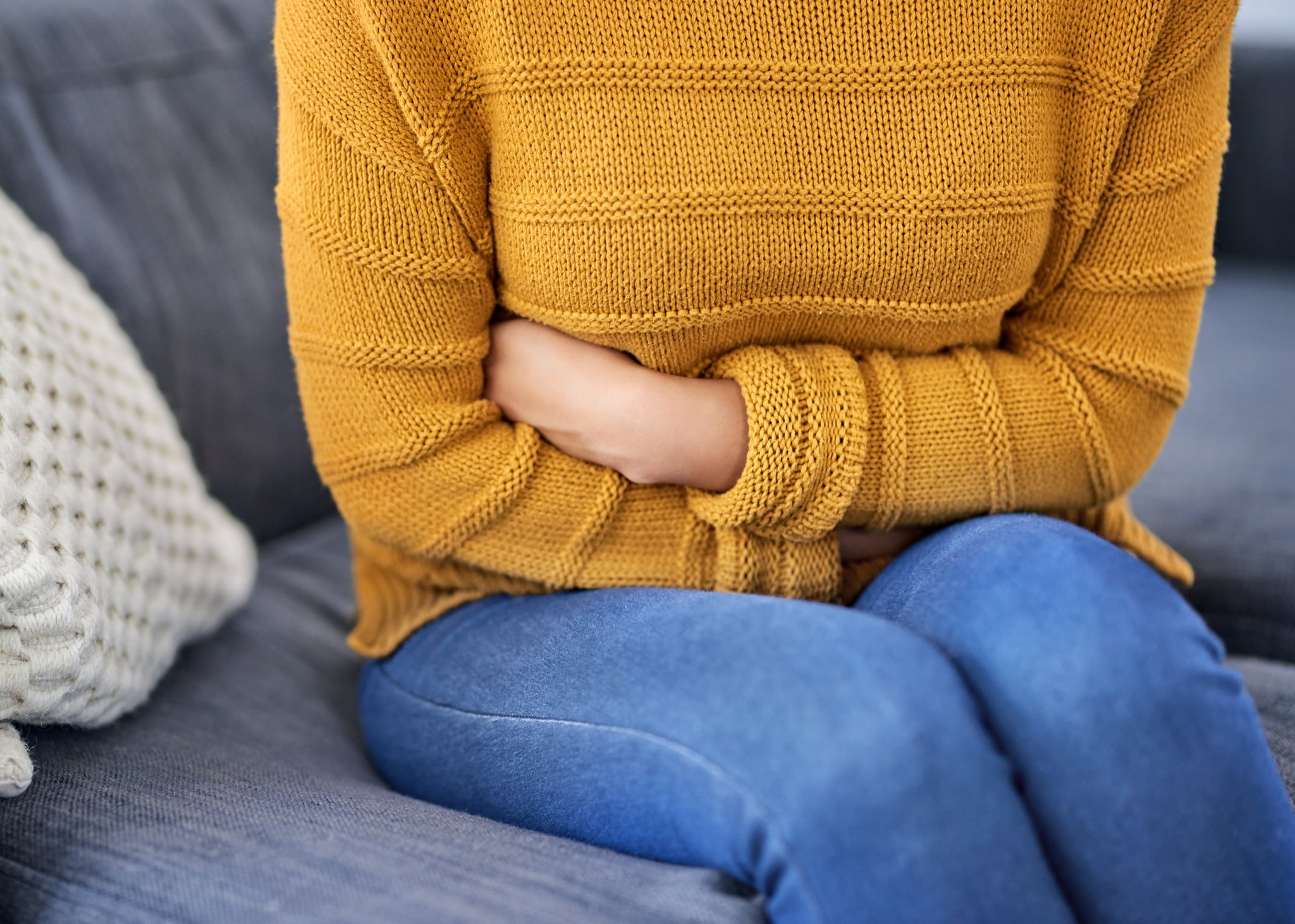
During my first cupping consultation, the acupuncturist pulled out a set of small glass spheres and claimed that suctioning them to my skin over certain acupuncture points would help temper my lower back pain and anxiety. And let's just say I blissfully floated the whole way home covered in holistic hickies.
At the time, she listed off other health benefits of cupping, too — one being improved digestive health. As a sceptical first-timer, I wasn't holding my breath. Now that I know the traditional Chinese practice works for me, though, I'm fully invested in reaping all of its benefits.
If you struggle with indigestion, abdominal pain or gastritis, irregularity like constipation or diarrhoea, or are just looking for a natural detox, Jasmine Stine, LAc, M.Ac, an acupuncturist with the Yinova Centre, confirms that cupping could help cleanse your system.
"Cupping feels like massage (only, in reverse!). By gently pulling the muscles and fascia upwards, it draws toxins to the surface of the skin where the immune system is better able to eliminate them," Stine says.
When used locally on the abdomen, she adds that cupping can increase energy and blood flow, thereby supporting detoxification and organ nourishment.
Dr. Michelle Pearlman, MD, a gastroenterologist and assistant professor at The University of Miami Miller School of Medicine, agrees, stating how cupping has been used in people who suffer from systemic inflammatory conditions.
If a practitioner is looking to promote movement throughout the gut, Stine says that they will often slide the suctioned cups along the fascia and abdomen. Then, the cups are strategically left to sit for 10-15 minutes.
"Gliding the cups with or against the flow of peristalsis (the natural downward movement of your digestive tract) can help either slow down or speed up your intestines. Finally, cups are sometimes placed at energy centres on other parts of the body that are associated with digestion and can support gut health indirectly," Stine explains.
Yes, cupping can leave you with hickey-like bruising called "sha" on your body, but the colour, intensity, and lifespan of these red circles can tell you a lot about your general health.
"The more intense the sha, the more congestion needed to be released in the tissues," Stine says.
"As for colours, if the sha is quite red, for example, that might be an indicator of what we call heat or inflammation. If they are purple, that might indicate that the blood is moving sluggishly. If the marks include some fluid and are yellowish, it might be a sign of a diet that's too rich."
Cupping is only healing if it's the right therapy for you, though — that's why it's crucial to ask your doctor before receiving the practice. And if you have or are currently experiencing bleeding in your digestive tract, are showing signs of appendicitis, bruise easily due to a clotting issue or medication, or are pregnant, Stine says that you should probably avoid this treatment altogether.
Dr. Pearlman adds that cupping's potential side effects include anemia, blistering, burns, and infection if practiced improperly.
And if you're feeling healthy, Stine stresses that you shouldn't mess up a good thing, either: "Your practitioner will let you know if more regular cupping would be helpful for your unique presentation."
Click here for more health and wellness stories, tips, and news.

